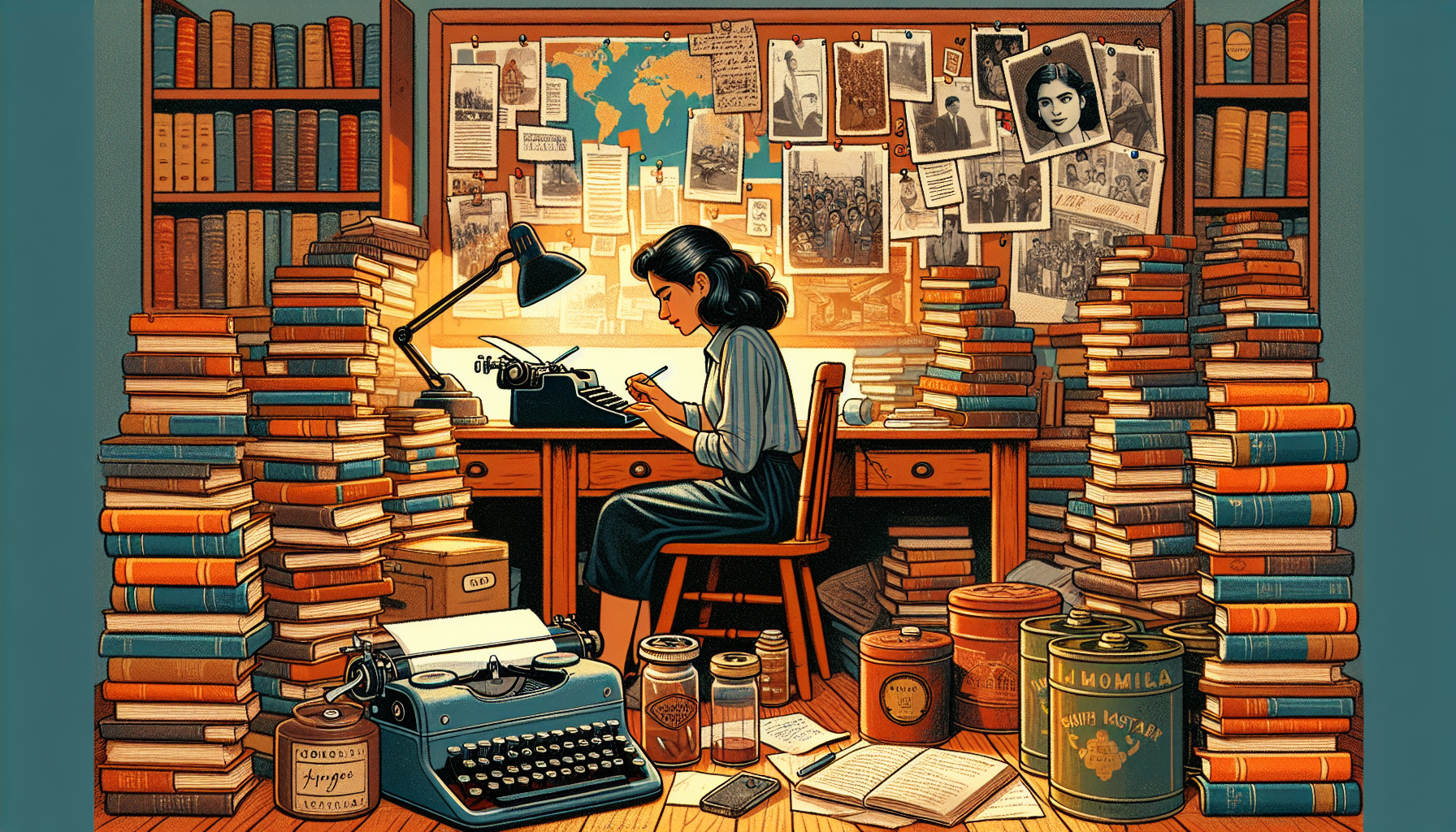
The Art of the Documentary Screenplay: More Than Just Facts!
Oh, the noble documentary! A chance to make a stamp on the squishy minds of your audience, to mold them with cold, hard facts… or so the uninitiated might think. Actually, crafting a documentary screenplay is akin to taming a wild beast—it’s all about strategy, finesse, and a sprinkle of dramatic flair. Let’s unpack the suitcase of secrets for scripting a documentary that dazzles rather than dozes.
Step 1: What’s the Buzz? Choosing a Topic
First things first: pick a topic that has more hooks than a pirate convention. It should resonate with you personally because, let’s face it, you’re going to be eating, sleeping, and breathing this subject. It should also be something with universal appeal or at least intense appeal to a niche audience. Whether it’s the secret life of competitive eaters or an exploration into the world of underground art collectives, make sure it’s something that perks ears and raises eyebrows.
Step 2: Research Like a Detective on a Deadline
Now, don your detective hat—preferably a stylish one—and dive into research. Documentaries are notorious for their factual foundations, but remember, facts alone can bore the pants off your audience. Mix traditional research with personal stories and insider interviews. These human elements are your screenplay’s secret sauce. They transform a monologue of facts into a compelling narrative that viewers can emotionally connect with.
Step 3: Structure – Not Just for Architects
Who said architects have a monopoly on structure? Not us! Tossing a bunch of scenes together and hoping for coherence is like tossing ingredients in a pot and hoping for gourmet soup—it’s risky and often results in disaster. A well-structured screenplay typically follows a traditional three-act format:
- Act 1: Set up the world and introduce the main subjects or conflicts.
- Act 2: Delve into the drama, the quest, the meat of the matter. This is where tensions rise and conflicts peak.
- Act 3: Resolve the conflicts, answer the questions, and leave your audience satisfied but thinking.
Step 4: Characters are Key (Yes, Even in Documentaries)
Think documentaries don’t need charismatic characters? Think again! Even if your ‘characters’ are real people, building their depth is crucial. Determine who your main characters are and craft distinct voices and perspectives for them. Whether it’s a wily scientist or a dedicated activist, these characters should evoke empathy and interest. They are the emotional conduits through which your audience becomes invested in the information presented.
Step 5: Dialogue and Narration – The Voice of God
The voice-over narration in a documentary can often feel like the voice of God—omnipresent and all-knowing. But a word of caution: don’t overdo it. The narration should enhance the visual experience, not overshadow it. Be selective about what you explain verbally and balance this with visuals that show rather than tell. As for dialogue, keep it crisp and authentic. Force-fed exposition is as subtle as a sledgehammer and about as pleasant.
Step 6: The Devil’s in the Details: Visuals and Pacing
Documentaries are visual stories. Each frame should contribute to the narrative. Think about the pacing—this isn’t a race to the finish line. Build tension, insert breathers, and provide visual variety to keep your viewers glued to the screen. Whether it’s through stunning landscapes, intimate close-ups, or quirky archival footage, your visuals are powerful tools for storytelling.
Step 7: Wrap It Up, Don’t Tangle It
They say all good things must come to an end, and documentaries are no exception. Aim for a conclusion that ties up your narrative strands without being overly tidy. Life rarely offers neat endings, and your documentary shouldn’t pretend otherwise. After all, the best endings are those that linger in the mind, encouraging the audience to ponder, debate, and question. Isn’t that what you want?
There you have it—a somewhat cheeky, certainly chirpy guide to crafting your documentary screenplay. Remember, the goal is to inform, inspire, and perhaps incite. Go forth and document! The world (or at least a very specific part of it) awaits your interpretation!






